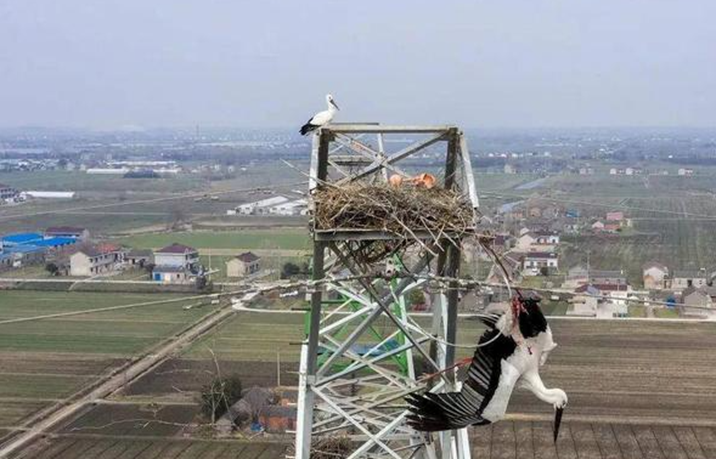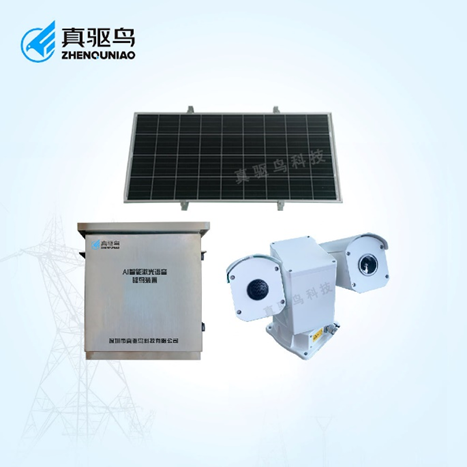Bird nesting is sometimes seen as an auspicious sign of good luck and prosperity. However, for transmission line operation and maintenance personnel, bird nests can be a big headache. This is because once a bird's nest is built on a transmission line, it can easily lead to a series of safety hazards, affecting our power supply.
So what is grid bird damage all about? Simply put, it is the behavior of birds nesting, defecating, and flying in the grid area, often resulting in damage to transmission equipment or tripping of lines. This type of failure is known as a grid-related bird failure, or what we often refer to as grid bird damage.

Why do birds favor the transmission line area so much? As the ecological environment becomes better, the number of birds is increasing and their range of activities is gradually expanding. Tall transmission pylons and towers provide them with a good view, and the structure of some power equipment meets the nesting conditions of birds, so it is favored by many birds.
In the face of grid bird damage, Shenzhen True Bird Repellent launches the AI Video Laser Integrated Bird Repellent Device ZQN-DZ-AI, which combines laser bird repellent technology with AI video recognition technology to recognize bird activities. Once a bird approaches the tower or key equipment area, the AI system quickly recognizes and activates the laser bird repellent function, ultrasonic bird repellent function, and voice bird repellent function to force the bird to stay away.
It adopts the power supply method combining solar panel and storage battery, and at the same time supports the utility power supply to ensure the stable power supply of the equipment. Coupled with IP66 protection level design, the device is suitable for outdoor environment. In addition, the AI video laser integrated bird repellent device can be connected to the intranet system of the Southern Power Grid and the State Grid, as well as the monitoring platforms of provincial power companies, and can be used to repel birds in various scenarios such as power grid towers and substations.










